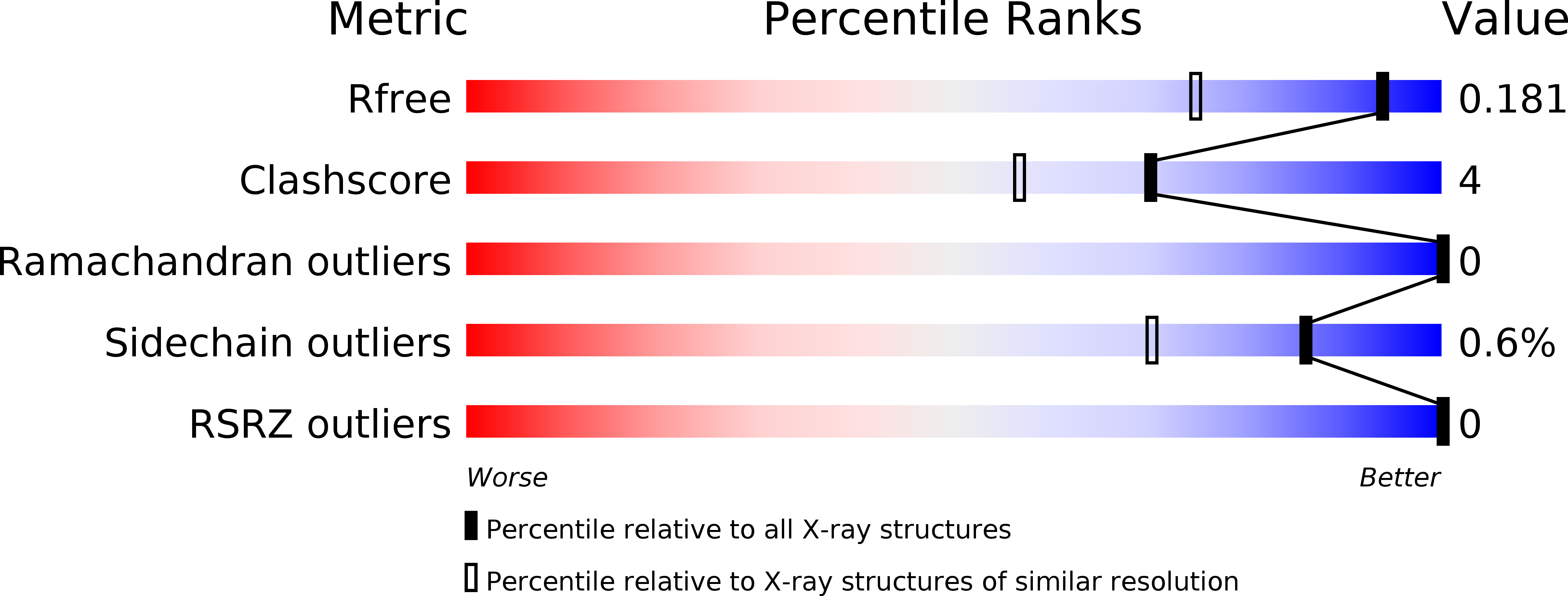
Deposition Date
2018-05-16
Release Date
2018-06-13
Last Version Date
2023-11-22
Entry Detail
PDB ID:
5ZWP
Keywords:
Title:
Crystal structure of the delta-class glutathione transferase from Musca domestica
Biological Source:
Source Organism:
Musca domestica (Taxon ID: 7370)
Host Organism:
Method Details:
Experimental Method:
Resolution:
1.40 Å
R-Value Free:
0.17
R-Value Work:
0.15
R-Value Observed:
0.15
Space Group:
P 1 21 1


